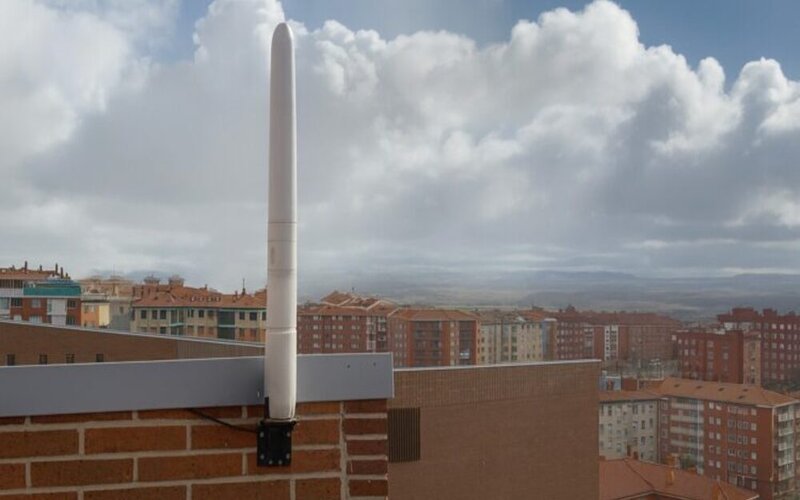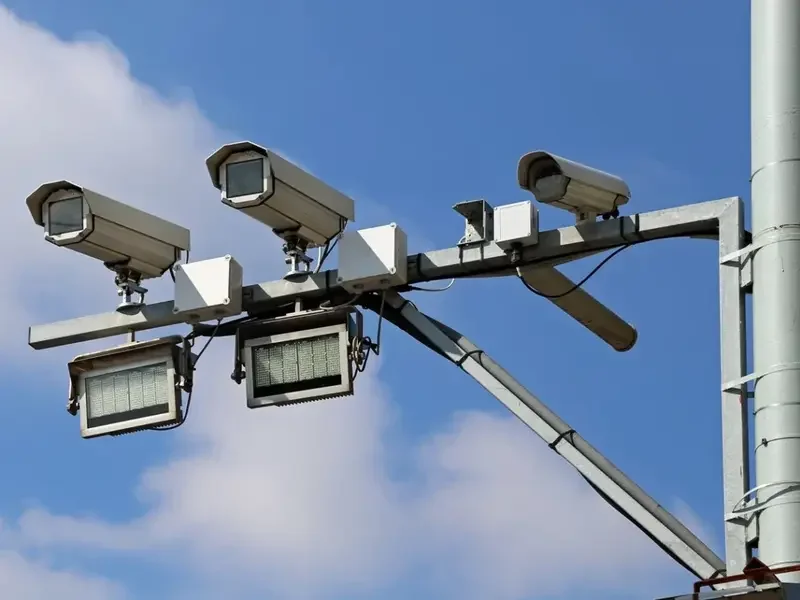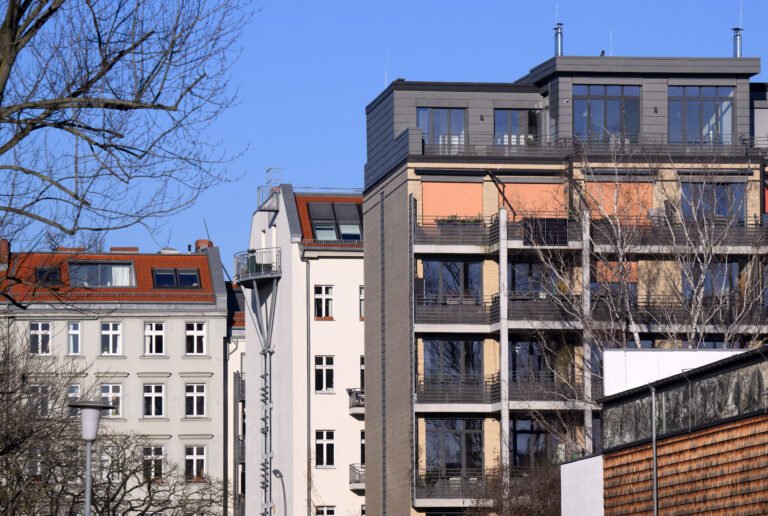Japan has introduced an innovative approach to renewable energy by installing piezoelectric tiles in busy urban areas, transforming everyday human movement into electricity. These specialized tiles generate electrical energy when mechanical pressure is applied, allowing bustling train stations, pedestrian walkways, and public buildings to harness power from the footsteps of passersby. Piezoelectric materials function by producing electricity when stressed or compressed. In practice, each step on these tiles slightly compresses tiny embedded crystals, creating small electrical currents that accumulate over time. This generated energy can be used to power lights, sensors, or small appliances, helping reduce reliance on conventional energy sources and contributing to overall energy efficiency. The project reflects Japan’s dedication to smart city development and sustainable urban planning, blending renewable technology seamlessly into everyday life. Beyond energy generation, the initiative raises public awareness of green practices, demonstrating how human activity can positively interact with clean energy solutions. By merging technological innovation, urban infrastructure, and renewable energy, Japan presents a scalable model that cities around the world can adopt to promote sustainable energy and reduce environmental impact.


































